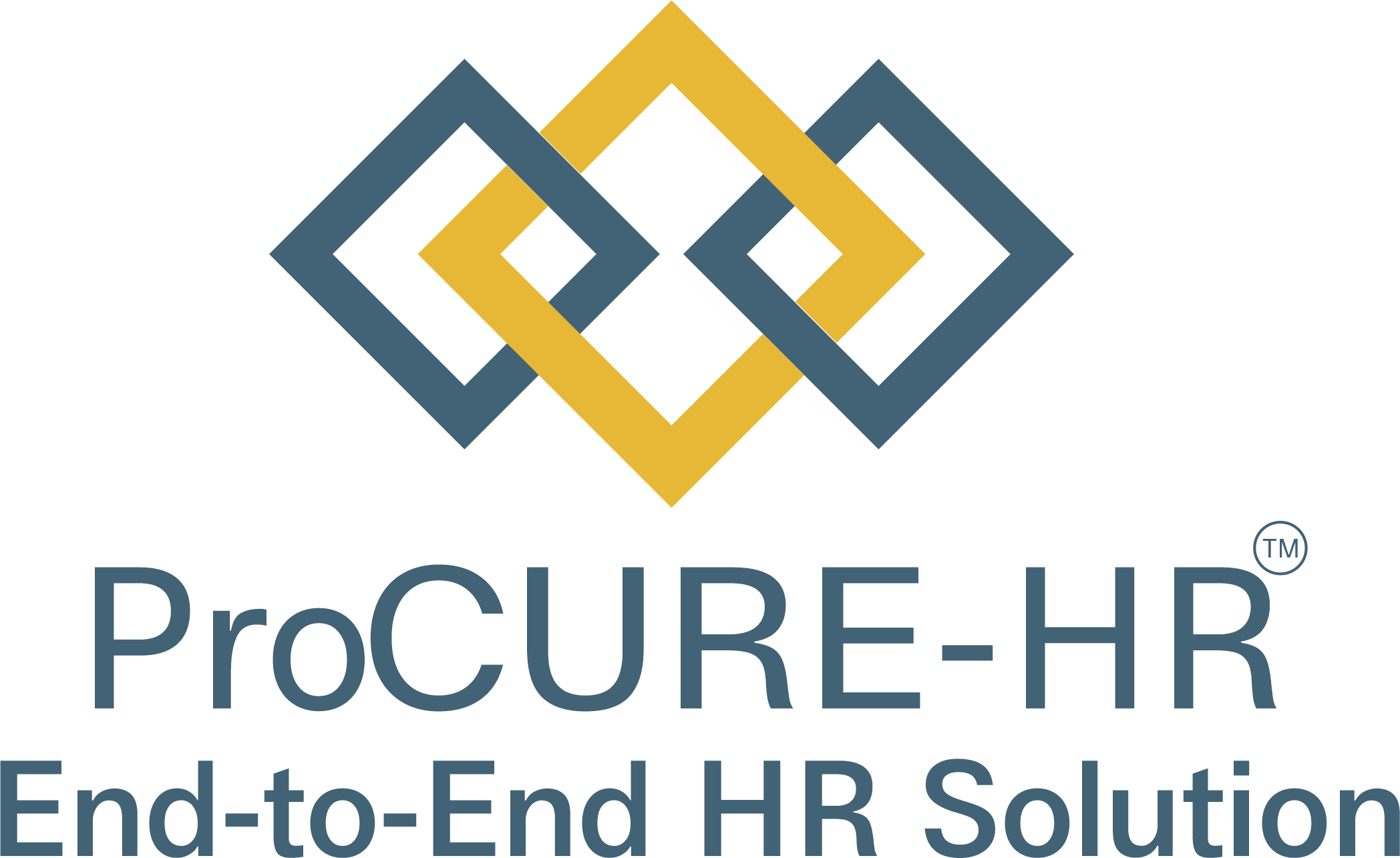Common challenges in HR/Payroll Relationships
To achieve a stronger and finer partnership or relationship between payroll outsourcing and HR, it is integral to comprehend the common blockers that come in the way of forming better partnerships. Some of the examples for these blockers are mentioned below: –
Divergent Targets and Goals:
Both HR and Payroll have contrasting and different goals when it comes to their work. Payroll targets accuracy, efficiency, and compliance while providing payroll services as much as possible. However, when we talk about HR, the main objective is to captivate and retain the right connections and resources and develop an idiosyncratic company culture. Consequently, we can conclude that the focal point for payroll is to achieve precise and accurate calculations (the difference of a mere single penny in the calculations for payroll register can make professionals lose their sleep at night), while the focal point for HR is employee management, training and holding on to acquired talent; typically, less concrete workload and concepts (so providing extra perks such as spot bonuses and extra credits makes an excellent retention tool for the HRs). quite obviously, having a difference in the objectives and the goal can ultimately cause the two roles to have friction in their working and performance.
Difference In Reporting Structure:
HR and payroll in some of the organisations might not have identical reporting structures. In some of these organizations, payroll might be a component of the HR department, however, in some cases payroll might be considered as the operations for finance and reporting in that department instead. Consequently, having a different reporting structure may further aggravate the gap between the HR and payroll teams.
Data control:
The data can sometimes be a big friction causing reason between HR and payroll teams since HR is often given the duty to collect and manage integral employee data that payroll is dependent on as well to accurately process payroll. Consequently, payroll teams, many times are expected to clean up HR data or might have the need to go back to HR to collect a minor part of data to perform its payroll functions.
Now that we have discussed the barriers and the blockers in the above part let us discuss some of the measures to alleviate these barriers as well so that HR and payroll can develop better partnerships. These measures are as follows: –
1. Determining and deciding the role, scope and separation of responsibilities
In some organisations, the role, responsibilities and scope are not defined clearly which might create the problem. The organisations need to understand that having clearly defined roles and responsibilities will ensure better compliance, accountability and ownership along with a maximized strategic impact on both payroll and HR team; thus, further ensuring efficient working. The organisations can achieve this by making their HR shared services and payroll teams develop and outline their process map which will let them decide earlier as to which operations and processes do each of them own and where are the points of interaction in the respective workflows. It can also have another advantage of helping get managers on board with what you’re doing too.
2. DETERMINING DATA INTEGRITY EXPECTATIONS
HR is often on the dominant department in collecting employee data, which then is used by the payroll department to process payroll functions. Conversely, the payroll department collects data that contains a huge pool of insights for the HR team.
So, to enhance data integrity, HR and payroll teams need to develop an integrated set of data standards. A joint or integrated standard generally contains relevant information about data formats (for example, how is a date of birth entered, if it is in 01/01/1990 format or 1/1/90 format?) and auditing procedures as well. This will ensure more consistent, relevant, error-free, time-efficient and quality data through HR and payroll processes.
3. DEVELOPING SHARED KEY PERFORMANCE INDICATORS (KPIS)
We discussed how HR and payroll teams might have distinctive objectives and targets which might create friction between the two teams. To solve this obstacle both HR and payroll teams can develop some shared KPIs to align and integrate their teams for common goals and targets and steer the organisation in the one direction. For instance, in the case of payroll errors because of late or missing timecards information, the objective of payroll is to reduce it and the objective of HR is to ensure that the staff is compliant with reporting their working hours; therefore, in this case, both the teams can use a common shared KPI. Working like this will maximize the value of both the teams
4. APPLYING AN INTEGRATED SINGLE MODERN SOLUTION FOR HR AND PAYROLL
Essentially, HRMS software companies and payroll have been separate functions since the starting, various organizations have siloed solutions governing HR and payroll processes. However, to build strong HR and payroll partnerships, both teams need to work together to determine and select one end-to-end solution that will handle both HR and payroll in one system. A single solution will remove manual workarounds, overlapping data entry, and false reporting.
CONCLUSION:
By working together to get the proper understanding of each other’s respective roles and by leveraging the right tools, HR consulting services and payroll teams can develop a secure partnership, and build more efficient and precise processes that will have a game-changing impact on the organizations and the employee experience. This collaboration will further maximize their value in the organisation and minimize their efforts to perform functions.

